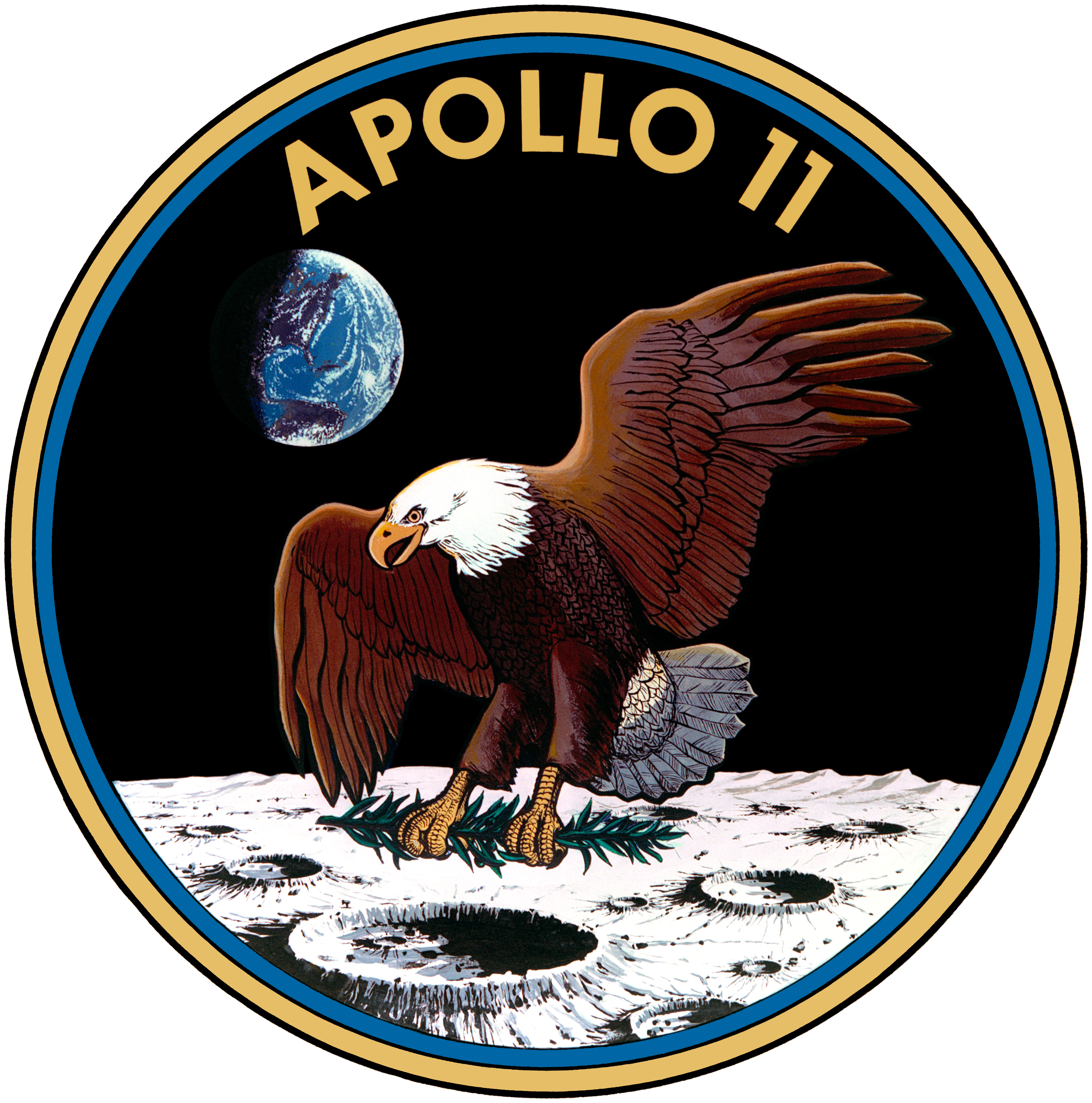Following Apollo 11 for the first time
I wasn’t born yet when Lance Armstrong first set foot on the moon in 1969. I was less than nine months old when Eugene Cernan, the last man to set foot on the moon, left its surface in mid-December 1972. So I was born in the Lunar Age, although I was too young to remember it.
I vaguely remember when Skylab returned to earth over Western Australian in 1979 (earning the US a $400 fine for littering), but the most prominent memory I have of a space mission was when my father woke me early in the morning to watch the first launch of Space Shuttle Columbia in April 1981.
While I followed the shuttle program with great interest (and horror in 1986), the Apollo program was mostly unknown to me until I saw the movie Apollo 13 in 1995. While the movie had its share of artistic fiction, it was a great introduction to the space program that captured the world’s attention 40 years ago.
For the past few days, I’ve been following the Apollo 11 mission as it prepares once again for the first moon landing. This is thanks to the fantastic website We Choose The Moon, a production of the John F Kennedy Presidential Library and Museum. This website has been providing “live” audio – delayed by 40 years – of the Apollo 11 mission since liftoff over 95 hours ago (as I write this), along with mission data, images and video. While the audio stream has vast periods consisting only of radio noise (particularly when the crew is asleep), all the dialogue between the crew and the ground is there, complete with its original background noise (and some added noise for dramatic effect, until you work out how to turn that off).
We’ve all heard the famous audio from Apollo 11 – Neil Armstrong‘s “One small step for [a] man”, etc. – but hearing the mundane as well has really brought this mission alive for me. Last night, as Apollo 11 approached the moon and prepared for the LOI (Lunar orbit insertion), along with its corresponding LOS and AOS (loss and acquisition of signal) as the spacecraft passed behind the moon, I listened in complete fascination as the ground read up a sequence of numbers – completely meaningless to me – that were subsequently repeated by the Apollo crew, and then followed by the timings for the LOS and AOS. I did understand the significance of these timings: one of the key rocket burns of the mission happened on the far side of the moon, out of radio contact with the earth. If the burn didn’t happen, the spacecraft would emerge from behind the moon at a particular time; if the burn happened according to plan, it would emerge a bit later. What wasn’t mentioned was the third possibility: that Apollo 11 wouldn’t be heard from again. But it was clear in the voice of mission control that reacquiring the signal from the spacecraft was the most important thing to happen that day. Unlike the movie, the drama was real, and not contrived for dramatic impact; the telemetry from the spacecraft was received first, and then the noisy voice of an astronaut from the low-gain antenna, since the high-gain antenna hadn’t been aligned yet. No producer would ever have allowed such poor sound into their movie, but this was reality, 40 years on.
Amid all the commemorations of the 40th anniversary – on TV and radio – as well as the remembrance of the passing of its main news anchor, this replay of the live audio stream of the Apollo 11 mission has allowed me to relive what I missed out on the first time around. In just under seven hours’ time, the Eagle will touch down at Tranquility Base. I know how the story ends, and I don’t need to fear for the astronauts’ safety, but I will relive the excitement of one of mankind’s greatest achievements all the same.
